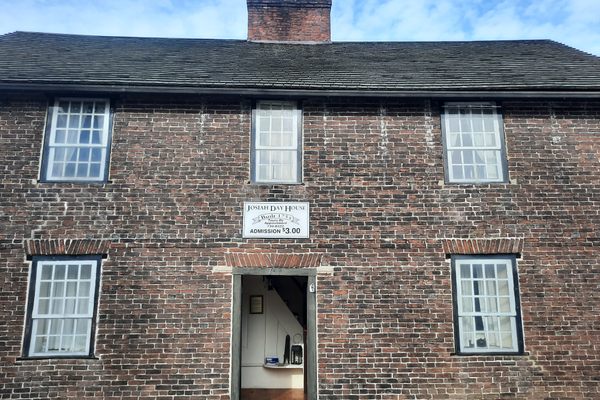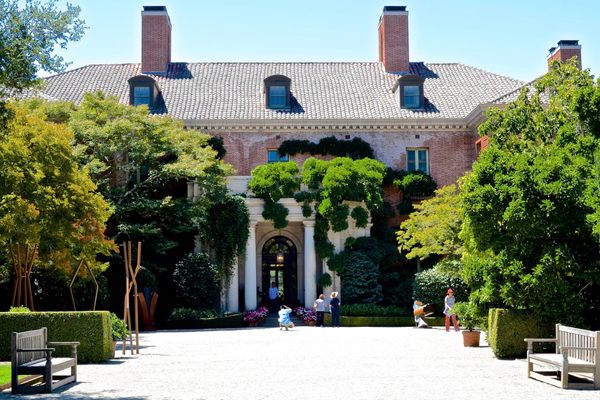AO Edited
Lee Jang-woo's House
This traditional home is a rare example of 19th-century Korean architecture.
In the bustling city of Gwangju in South Korea’s southwestern corner, tucked away in the city’s historic Yangnim-dong neighborhood, a traditional Korean home boasts rare architecture in a calming atmosphere. Known as a hanok, the home was first constructed in 1899. The wealthy landowner, Jeong Nak-Gyo, and his family commissioned the house and were the first to live in it.
Throughout the Japanese colonial period in South Korea from 1910-1945, many similar homes with Korean architecture were destroyed. This house adopted a Japanese-style garden during this time period but was able to maintain its distinctive Korean buildings.
The home was later purchased by its most famous resident, Lee Jang-Woo, in 1959. Lee was a prominent philanthropist and education advocate for the Jeolla region. Along with his legacy of founding kindergartens, middle schools, high schools, and universities across Jeolla, he has also left behind this remarkable architectural site for visitors today to enjoy. Under Lee’s care, additions were made to the house including men’s quarters, servants’ quarters, and a storehouse, all in keeping with the traditional Korean style.
The Japanese-style garden was converted back to a Korean-style garden in 2009 for the Gwangju Design Biennale. The original women’s quarters and gates built by Nak-Gyo are also still intact.
Know Before You Go
The grounds of the Lee Jang-Woo house are free to visit and walk around. Visitors can look into the buildings through the windows or sit on the wooden balconies to enjoy the peaceful garden. The Korean name is spelled: 이장우 가옥.















Follow us on Twitter to get the latest on the world's hidden wonders.
Like us on Facebook to get the latest on the world's hidden wonders.
Follow us on Twitter Like us on Facebook